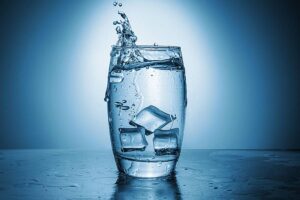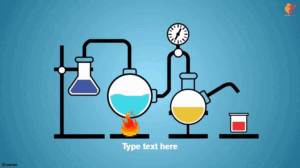Safety in Science

Risk Assessment:
Definition: Evaluate potential hazards associated with an experiment or procedure and implement measures to mitigate those risks.
Example: identifying chemical reactivity or physical hazards before conducting an experiment.
- Personal Protective Equipment (PPE):
Definition: Utilize appropriate PPE, such as gloves, goggles, lab coats, and other protective gear, to minimize the risk of injury or exposure.
Importance: PPE acts as a barrier between individuals and potential hazards, preventing accidents and exposure to harmful substances.
- Laboratory Design and Organization:
Definition: Maintain a well-organized laboratory space with clearly defined work areas, emergency exits, and proper storage for chemicals and equipment.
Example: ensuring chemicals are properly labeled and stored according to compatibility.
- Training and Education:
Definition: Provide comprehensive training to individuals involved in scientific activities, emphasizing safe practices, emergency procedures, and the proper use of equipment.
Importance: Well-trained personnel are better equipped to identify and respond to potential hazards, reducing the likelihood of accidents.
- Emergency Response Planning:
Definition: Develop and communicate clear emergency response plans, including evacuation procedures, first aid protocols, and the use of safety equipment like fire extinguishers and eyewash stations.
Example: Conducting regular drills to ensure everyone knows the correct actions to take in case of an emergency.
Specific Safety Measures:
- Chemical Safety:
Storage and Handling: Properly label and store chemicals, follow established protocols for handling, and be aware of potential chemical reactions.
- Biological Safety:
Risk Assessment: Identify potential biological hazards and implement appropriate containment measures, such as biosafety cabinets and personal protective equipment.
- Radiation Safety:
Shielding and Monitoring: Implement shielding measures, use appropriate monitoring devices, and follow guidelines to minimize exposure to ionizing radiation.
- Physical Safety:
Equipment Maintenance: Regularly inspect and maintain laboratory equipment to ensure proper functioning and minimize the risk of accidents.
Ethical Considerations in Safety:
Responsible Conduct:
Definition: Uphold ethical standards by prioritizing the safety and well-being of individuals and the environment in all scientific endeavors.
Example: Disposing of waste materials in an environmentally responsible manner.
Education and Awareness:
- Curriculum Integration: Integrate safety education into science curricula at all levels to ensure that students develop a strong foundation in safe laboratory practices.
- Community Engagement: Foster awareness and engagement with the broader community on safety in science, emphasizing the importance of responsible scientific practices.
Continuous Improvement and Adaptation:
Regularly review and update safety protocols in response to new scientific knowledge, emerging technologies, and evolving regulatory standards.
Example: Adjusting safety measures in laboratories working with novel materials or techniques based on updated research and best practices.



